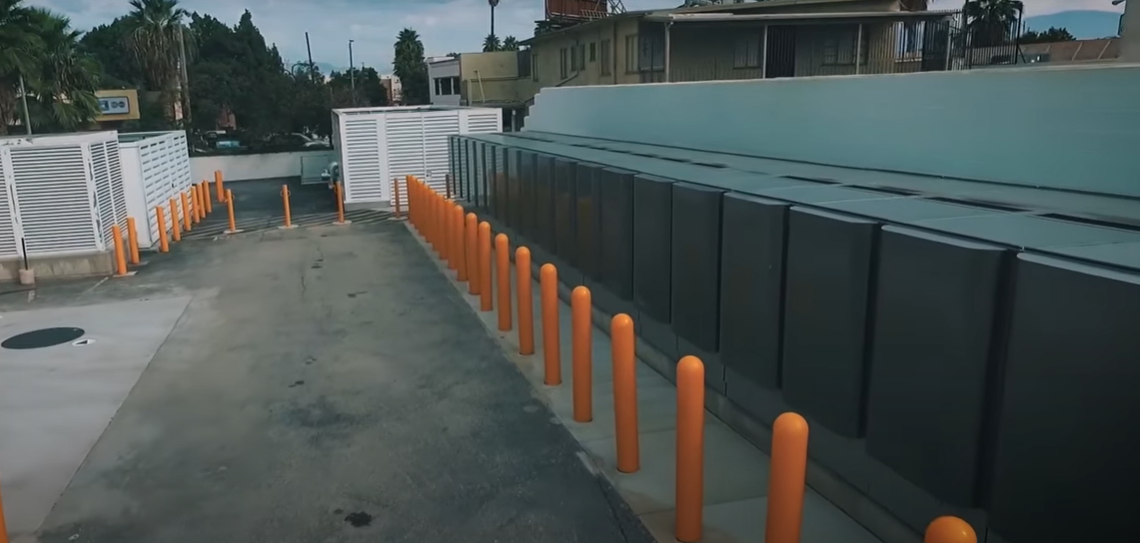From pv magazine India
California-headquartered Bloom Energy has announced that NTPC Limited, India’s largest state-owned energy provider, has selected its electrolyzer and hydrogen-powered fuel cell technologies for the nation’s first green hydrogen-based energy storage project.
Through this pilot project, NTPC will explore the potential of large-scale, off-grid hydrogen energy storage and microgrid projects at strategic locations throughout the country.
Bloom Energy will provide its solid-oxide, high-temperature electrolyzer to generate green hydrogen from renewable electricity produced by a nearby floating solar farm. The hydrogen will then be converted into carbon-neutral electricity without combustion through Bloom Energy’s hydrogen fuel cells to power NTPC’s Guest House, a nearby facility used by NTPC employees and guests.
The project is expected to start in 2022 in Simhadri, Visakhapatnam, India.
Energy-efficient hydrogen production
The initial collaboration between NTPC and Bloom Energy India is expected to lay the ground for future cooperation.

“Reducing carbon emissions is the number one priority in the fight against climate change, and green hydrogen will be critical to India’s decarbonization objectives,” said Venkat Venkataraman, executive vice president and chief technology officer, Bloom Energy.
“Bloom’s technology is well-positioned to help India transition to a net-zero, hydrogen-powered economy, and we are excited to collaborate with NTPC to bring the country’s first green hydrogen microgrid to life. The powerful combination of Bloom’s high-efficiency electrolyzers and fuel cells enables the highest possible round trip efficiency with green hydrogen for energy storage.”
Bloom Energy’s high-temperature electrolyzer is claimed to produce hydrogen more efficiently than low-temperature PEM and alkaline electrolyzers. As it operates at high temperatures, the Bloom Electrolyzer requires less energy to break up water molecules and produce hydrogen. Electricity accounts for nearly 80% of the cost of hydrogen from electrolysis. By using less electricity, hydrogen production becomes more economical and will accelerate adoption.
Bloom Energy Servers – solid oxide fuel cells that combine ambient air with a fuel source, such as natural gas, biogas, hydrogen, or a blend of fuels – produce electricity through a non-combustion electrochemical reaction, resulting in reduced carbon emissions, harmful air pollutants, and water use compared to grid alternatives. When hydrogen is used as a fuel source, Bloom Energy Servers emit zero carbon.
Bloom Energy is engaged with industry leaders to accelerate the global hydrogen economy, including projects related to producing low-cost, green hydrogen and utilizing nuclear energy to create clean hydrogen.
This content is protected by copyright and may not be reused. If you want to cooperate with us and would like to reuse some of our content, please contact: editors@pv-magazine.com.




Why use electricity to create hydrogen to then create more electricity when you could just use the original electricity in the first place?